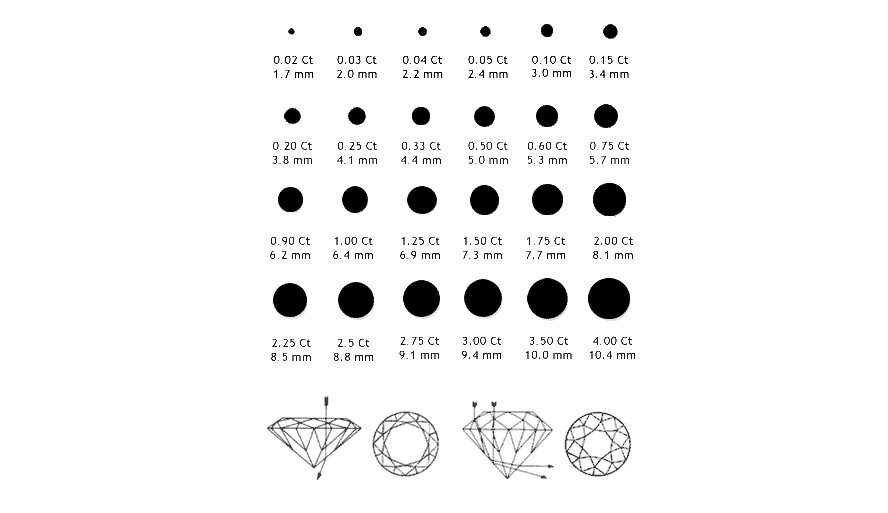Leave us a review on Google and get a chance to win a $50 gift card in our quarterly draw.
- Women
- 2 tones
- 3 tones
- Alliances
- Backlight
- Brooch
- Chainette
- Chic
- Climbers
- Daily
- Ear chin
- Ear cuff
- Eternity
- Fancy
- Fixed
- Funeral
- Gold ankle's chain
- Gold chain
- Heart
- Infinite
- Jewelry chest
- Kit
- Loop
- Lunette
- Medical
- Multicolor
- Necklace & bracelet
- Necklace & earing
- Nose percing
- Pendant
- Phalanx
- Plain
- Plates
- Religious
- Ring
- Semi-eternity
- Silver ankle's chain
- Silver chains
- Solitary
- Sport
- Stainless ankle's chain
- Stainless chains
- Toes
- Touch
- Travel jewelry box
- Unit diamond
- Various
- Waist's gold chain
- Waist's stainless chain
- Watch box
- Whitout stone
- With stone
- With stones
- Without stone
- Men
- Children
- Brands

- Services
- Blog
- About
- Contact us
Free delivery in Quebec with any purchase of $150 or more, before taxes.
- Women
- 2 tones
- 3 tones
- Alliances
- Backlight
- Brooch
- Chainette
- Chic
- Climbers
- Daily
- Ear chin
- Ear cuff
- Eternity
- Fancy
- Fixed
- Funeral
- Gold ankle's chain
- Gold chain
- Heart
- Infinite
- Jewelry chest
- Kit
- Loop
- Lunette
- Medical
- Multicolor
- Necklace & bracelet
- Necklace & earing
- Nose percing
- Pendant
- Phalanx
- Plain
- Plates
- Religious
- Ring
- Semi-eternity
- Silver ankle's chain
- Silver chains
- Solitary
- Sport
- Stainless ankle's chain
- Stainless chains
- Toes
- Touch
- Travel jewelry box
- Unit diamond
- Various
- Waist's gold chain
- Waist's stainless chain
- Watch box
- Whitout stone
- With stone
- With stones
- Without stone
- Men
- Children
- Brands

- Services
- Blog
- About
- Contact us
- Women
- 2 tones
- 3 tones
- Alliances
- Backlight
- Brooch
- Chainette
- Chic
- Climbers
- Daily
- Ear chin
- Ear cuff
- Eternity
- Fancy
- Fixed
- Funeral
- Gold ankle's chain
- Gold chain
- Heart
- Infinite
- Jewelry chest
- Kit
- Loop
- Lunette
- Medical
- Multicolor
- Necklace & bracelet
- Necklace & earing
- Nose percing
- Pendant
- Phalanx
- Plain
- Plates
- Religious
- Ring
- Semi-eternity
- Silver ankle's chain
- Silver chains
- Solitary
- Sport
- Stainless ankle's chain
- Stainless chains
- Toes
- Touch
- Travel jewelry box
- Unit diamond
- Various
- Waist's gold chain
- Waist's stainless chain
- Watch box
- Whitout stone
- With stone
- With stones
- Without stone
- Men
- Children
- Brands

- Services
- Blog
- About
- Contact us




